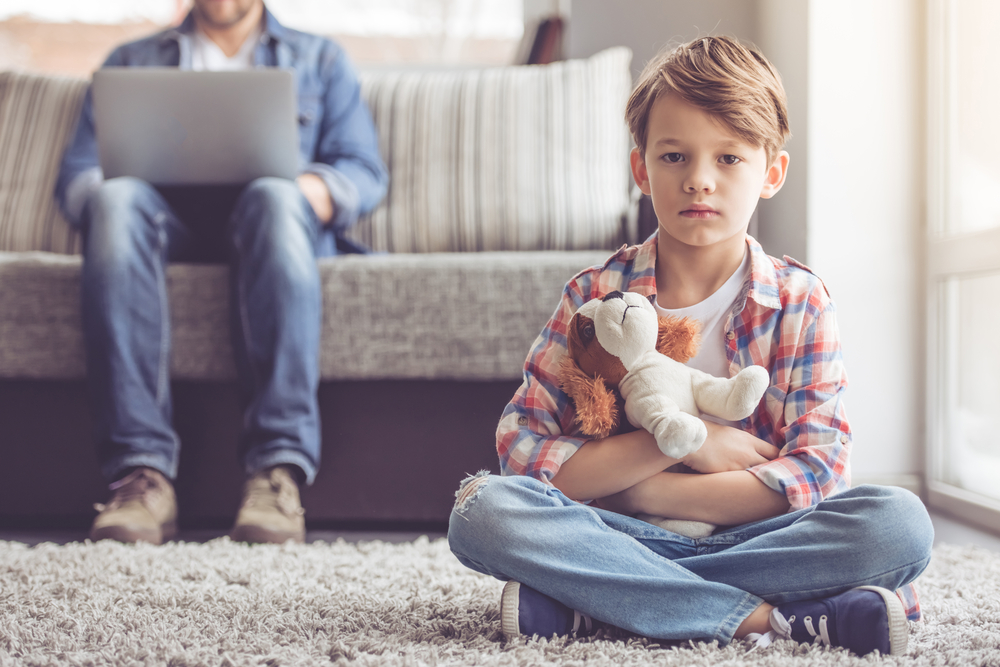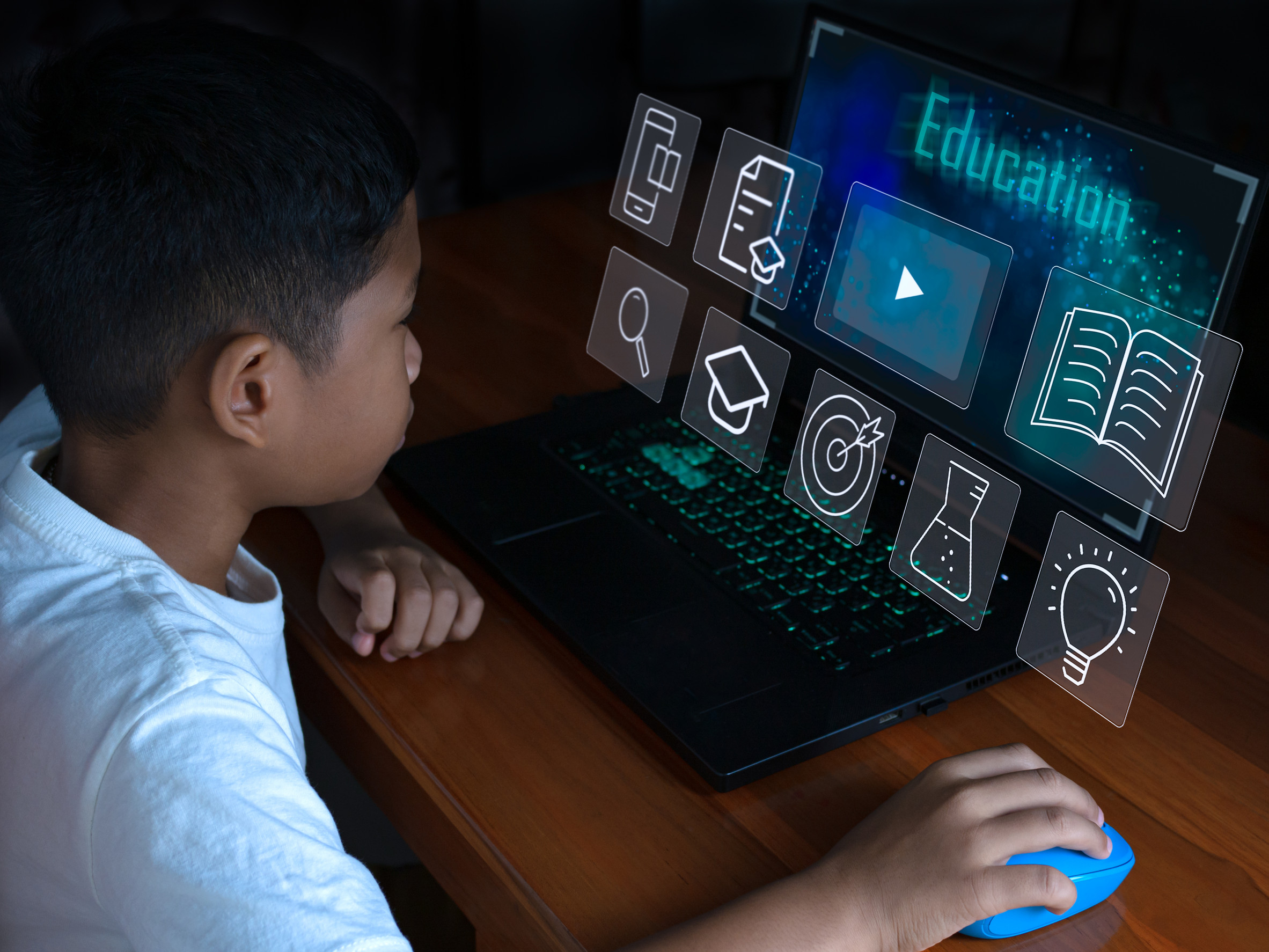Parenting can be a journey filled with unexpected challenges, and nothing shakes a parent’s world more than noticing alarming behaviors in their child. While the term “sociopath” is often thrown around, persistent callousness, manipulation, and a lack of empathy can signal serious concerns. It’s a frightening prospect that no parent wants to face, yet early intervention can be the key to steering your child toward a healthier path. This article offers guidance on what to do if you suspect your child may be exhibiting troubling behavioral patterns. Our focus is on understanding, support, and proactive steps to safeguard your child’s future.
Recognizing Concerning Behaviors
Identifying early warning signs is the first step toward addressing serious behavioral issues. Children who display a consistent lack of empathy, show no remorse for their actions, and manipulate those around them may be exhibiting red flags. It’s important to differentiate between normal childhood misbehavior and patterns that indicate deeper issues. Look for recurring behaviors that disrupt social interactions and show little regard for others’ feelings. Keeping a detailed record of these incidents can be invaluable when seeking professional advice.
Seeking Professional Evaluation
If you notice persistent, alarming behaviors, consulting a mental health professional specializing in child psychology is essential. A thorough evaluation can help determine whether these patterns align with conduct disorders or other underlying conditions. Early intervention is critical and can set the stage for more effective treatment strategies. Professionals can provide both diagnosis and tailored recommendations that address the unique needs of your child. Remember, seeking help is a sign of strength and a proactive step toward fostering a better future.
Implementing Consistent Boundaries
Children with concerning behaviors often test limits and resist authority, making clear boundaries essential. Establish consistent rules and consequences that leave no room for ambiguity. This structured environment helps your child understand the relationship between their actions and the outcomes. Enforce these boundaries with firmness and compassion to provide a stable framework. Consistent discipline is a cornerstone in guiding behavior and promoting accountability.
Teaching Empathy and Social Skills
A core challenge in dealing with antisocial behaviors is fostering empathy. Engage your child in activities that require teamwork, sharing, and perspective-taking. Role-playing and discussions about emotions can help them understand and value the feelings of others. Reinforce positive social interactions with praise and constructive feedback. Over time, these practices can help nurture a more empathetic outlook and healthier relationships.
Monitoring Peer Influences
Peers have a powerful impact on a child’s behavior, for better or worse. Be attentive to the company your child keeps, as negative influences can reinforce undesirable patterns. Encourage friendships with individuals who display positive behaviors and strong moral values. Open communication about their social experiences can help you identify potential issues early on. Creating a supportive social environment is crucial for mitigating harmful influences.
Prioritizing Self-Care for Parents
Facing the possibility that your child may have serious behavioral challenges is emotionally exhausting. It’s vital to take care of your own mental and physical health during this trying time. Engage with support groups, therapy, or trusted friends to share your burdens and gain perspective. Remember that taking care of yourself is not selfish—it’s essential for being an effective caregiver. A healthy parent is better equipped to guide and support their child through difficult challenges.
Long-Term Strategies for Positive Change
Implementing sustainable, long-term strategies is key to fostering lasting behavioral change. This might include ongoing therapy, social skills training, and structured family counseling. Open, honest communication and a willingness to adjust your approach are critical in these cases. Celebrate small victories along the way and be patient with the process. Consistency, resilience, and professional guidance can gradually lead your child toward healthier patterns of behavior.
Why early intervention matters
Intervening early, before behaviors become deeply ingrained, gives a child a better chance of developing empathy, impulse control, and more adaptive social behavior. Many experts argue that waiting until adolescence or adulthood forfeits opportunity for change.
Children with emerging antisocial or callous traits are more responsive when their brains are still developing plasticity. Clinical literature recommends combining behavioral therapy with parent training for children older than about age 7, because the joint approach tends to be more effective than either alone.
Also, the parent–child relationship itself is a key lever: interventions that strengthen caregiver responsiveness, consistency, and attunement can buffer against the progression of antisocial patterns.
What expert-backed strategies look like
1. Use evidence-based therapies
- Cognitive Behavioral Therapy (CBT) — Tailored for children, CBT can help them identify distorted thinking, understand consequences, and practice alternative responses.
- Parent Management Training (PMT) — Training parents in consistent, predictable discipline and reward systems helps reduce oppositional and antisocial behaviors.
- Family Therapy / Structural / Functional Family Therapy — Helps address systemic family dynamics and communication patterns that may be reinforcing antisocial patterns.
- Multisystemic Therapy (MST) — For more severe cases, MST works in the child’s natural environments (home, school, peer settings) to address risk factors and strengthen protective influences.
Therapies will often also focus on emotional regulation, social skills (like recognizing others’ feelings), problem-solving, and moral reasoning.
2. Consistency, structure, and boundary clarity
Children with antisocial traits often test boundaries and may believe “rules don’t apply to me.” You’ll want clear, predictable consequences and rules, applied calmly and consistently. Mood or anger-driven punishments tend to backfire.
Alongside limits, reinforce prosocial behavior heavily. Praise, privileges, or incentives tied to empathy, cooperation, or fairness can slowly shape more positive habits. Maintaining consistent routines (mealtimes, sleep, chores, family time) helps reduce the space for chaotic, impulsive behavior.
3. Maintain a loving but detached stance (“auto-pilot positive parenting”)
Especially when behaviors are extreme or hurtful, parents often feel high stress, anger, frustration, or fear. But overt emotional reactions—yelling, threats, ultimatums—can escalate power struggles. Some clinicians recommend adopting a calm, composed “auto-pilot” mode: respond from your calm values rather than from frustration.
Even during conflict, try to preserve the connection. For instance, when the child storms off, a parent might say, “We’ll talk later — I care about you.” The goal is to avoid complete withdrawal or relationship rupture.
4. Parent support and self-care
Because dealing with strong antisocial traits is emotionally and physically exhausting, parents must take care of their own mental health. Many authors strongly advise that caregivers engage in counseling, join support groups, or get coaching so they don’t burn out or respond destructively. ChoosingTherapy.com+1
Also, being educated about the disorder, normal adolescent behavior, and how change happens helps parents stay realistic, avoid blaming themselves, and persist in intervention.
5. Collaborate with schools and other social systems
Behavior in school, peer settings, and social contexts matters a lot. Work with teachers, school counselors, or behavioral specialists to create consistent expectations, behavior contracts, check-ins, and reinforcement across settings. Programs that build empathy, social awareness, and emotional literacy (like Roots of Empathy in schools) can help shift the social environment.
Tips for parents, in practice
If you are concerned about your child, there are some things you can do to be proactive in dealing with their behavior. Here are some quick tips for parents.
- Document behaviors and triggers. Keep a simple, timestamped log of problematic episodes (what happened, what preceded it, how you responded). This helps therapists, clarifies patterns, and reduces “he said / she said” confusion.
- Define small, achievable goals. Don’t expect an overnight transformation. Focus on one domain (such as reducing lying, delaying gratification, or responding without physical aggression) and celebrate incremental improvement.
- Use “when–then” contingencies. (“When you help with the dishes, then we will watch a show together.”) These are more effective than threats for many children with manipulative tendencies.
- Don’t engage in power struggles. If you sense escalation, disengage and revisit the issue when everyone is calmer. Offer reparation (like “Let’s restart this conversation later”) rather than doubling down on conflict.
- Teach emotional vocabulary and regulation. Use tools like emotion cards or calm-down scripts. Be explicit: “You seem angry — let’s name it, sit with it, then decide what to do next.” Model regulating your own emotions so the child sees healthy coping in action.
- Involve them in prosocial roles. If the child has interests, let them contribute in structured, valued ways (such as helping a younger sibling, volunteering, joining a club). This gives alternative routes to esteem and status, rather than manipulation or aggression.
- Maintain connection even when punishing. After enforcing a limit, find a moment of warmth to re-establish that the child is valued. The message: “I care about you even when I don’t like what you do.”
- Be persistent and patient. Progress is likely to be slow, with setbacks. Stick with the plan, adjust based on feedback, and lean on therapists for course corrections.
Daunting Challenges with Compassion
Dealing with severe behavioral issues in your child is one of the most daunting challenges a parent can face. However, early recognition, professional intervention, and a supportive home environment can make a significant difference. By setting clear boundaries, teaching empathy, and monitoring influences, you can help guide your child toward a more positive future. Remember, seeking help and taking care of yourself are crucial steps in this journey. What strategies have you found effective in managing challenging behaviors? Share your insights and experiences in the comments below.
How do you balance tough love with compassion when addressing severe behavioral issues in your child? Let us know your thoughts and experiences in the comments!
What to Read Next
- Stop Now! 12 Behaviors That Say You’ve Crossed The Line From Discipline to Abuse
- Is Your Parenting Style Shaped by Your Own Childhood Experiences?
- 9 Toddler Behaviors That Could Signal Deeper Issues
- Behavioral Red Flags: How Kids Silently Signal They Don’t Feel Safe at Home
- Is Your Child’s Behavior the Reason They Were Rejected From Private School?









